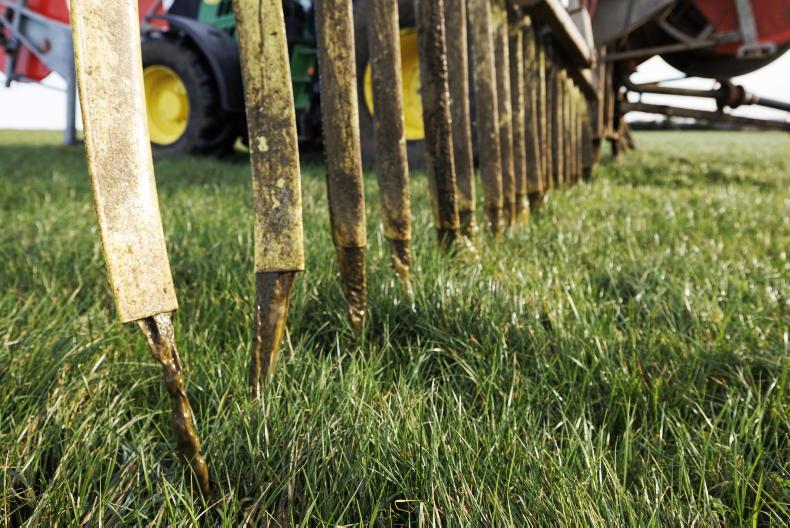Less than 10% of farmers in NI would look to purchase low-emission slurry-spreading equipment (LESSE) if new rules are introduced that effectively ban the use of splash plates on slurry tankers in NI.
Back in early 2023, a draft ammonia strategy released by DAERA included a proposal to require all slurry in NI to be spread using LESSE from 1 January 2026. It follows on from rules already in place, with slurry contractors banned from using splash plates since 1 February 2021.
The following year, all cattle farms with 200 or more livestock units and pig farms with an annual livestock manure nitrogen production of over 20,000kg were required to use LESSE.
However, the rules have not been strictly enforced and probably the easiest way for DAERA to ensure compliance is to implement a complete ban, irrespective of the financial impact it would have on many smaller farms in NI.
Census
As part of its June agricultural census, the Department asked respondents who own cattle, what they would do if the use of LESSE becomes compulsory in NI. The results suggest 11.7% of the 20,232 cattle farms in NI already have LESSE. Just 9.2% of farmers said they would plan to purchase the equipment if they are required to use it in future, while the vast majority (60.1%) said they would employ a contractor to spread their slurry.
Dairy
Current rates of ownership of LESSE is highest among dairy farms, with 38.8% already having the equipment in place, followed by large beef farms at 22.9%. Among medium-sized and small beef farms, ownership rates are at 6.1% and 3.1% respectively.
Popular
Of those that do own LESSE, by far the most popular option is a dribble bar, with 71.5% of farms with that option in place. It is also the most popular option among those who said they will buy LESSE if its use becomes compulsory in NI.
In its 2023 consultation document, DAERA pointed to “substantially improved environmental performance” when dribble bars are used, with ammonia emissions down 30% when compared to splash plate spreading. However, a trailing shoe can achieve emissions reductions of up to 60%.







 This is a subscriber-only article
This is a subscriber-only article










SHARING OPTIONS: